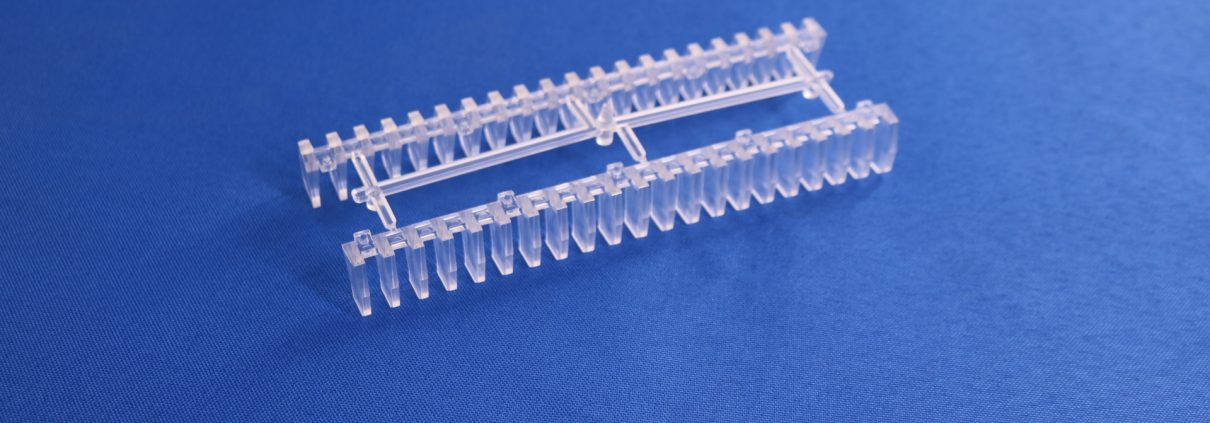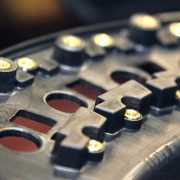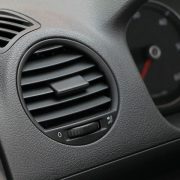6 Tips to Avoid Cracking in Custom Plastic Injection Molding
Custom plastic injection molding requires a lot of attention to detail. It is common for cracks to appear on the molded part if one does not know how to avoid them. But knowing those can be difficult without a lot of experience in the field.
One needs a thorough understanding of the reasons behind the appearance of these cracks. Only then can they successfully avoid them. You will find everything you need to know about injection molding cracks here.

What Is Cracking in Injection Molding?
Cracks are not uncommon in custom plastic injection molding, and they appear on the products in different ways. Some cracks are more problematic than others – but all of them are equally annoying. There are internal cracks, corner cracks, and even cracks that start at the gate.
These cracks are exceedingly harmful to the molded object because they cause integrity issues. It gets even worse if you need to fit that molded part to something larger. A competent manufacturer should never allow a compromised piece to pass through their production line.
Reasons Why the Molded Parts Crack
Contrary to popular belief, the custom plastic mold design has little to do with the formation of cracks in molded objects. The true culprits of custom plastic injection molding are the ones we have listed below:
- Machine
The plasticizing capacity of the machine is a crucial part of crack-free injection molding. A low-capacity machine cannot handle mixing the inserted material volume, leading to cracks. An overly large machine will also degrade the quality as there is a chance of over mixing. So, select the right machine according to your production to ensure optimum efficiency.
So, be vigilant about the plasticizing capacity of your injection molding machine according to your production volume and type.
- Mold
The molds play a significant role in custom plastic injection molding. It is usually the most important thing after the main machine. A bad mold can mess up the ratio and distribution of the molten plastic. That will usually lead to cracks and other issues for the finished object.
Burrs and other undercut conditions in the mold can cause cracks too. Ejector designs can also be probable culprits. In other words, you need a professional plastic injection mold design for your products.
- Material
Material integrity is essential for custom plastic injection molding. The quality of a molded part depends heavily on the material used in the manufacturing process. High-quality material naturally produces better results.
Reclaimed or recycled plastics usually have lower quality. That can lead to cracks. The moisture content of the material also plays a role. Too much moisture can cause cracks during the cooling process.
- Molding operation
Some molded parts require more cooling time than others. A short cooling time usually causes cracks and other defects to these parts. That is also true for molding under too much pressure. Some plastic molds need to work under less residual stress to show the best result.
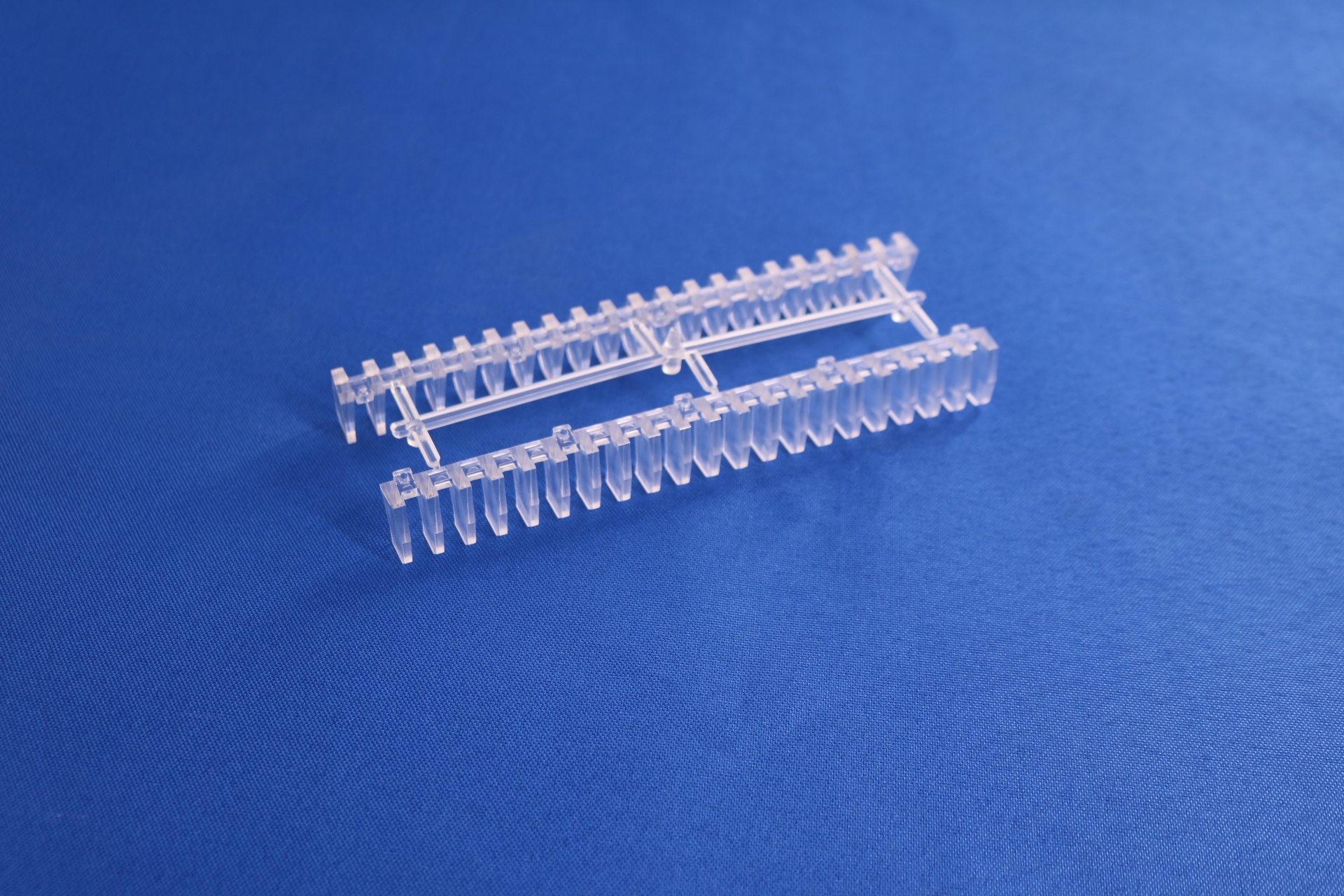
How to Avoid Cracking in Custom Plastic Injection Molding
Now that you know what’s causing the cracks, we believe you are ready to fix them. Follow these tips to avoid cracks:
- Remove Burrs
Burrs are always a nuisance. They can cause deformity and cracks if left untreated. Do a regular inspection to identify and remove burrs to get crack-free molded parts.
- Install More Knockout Pins
You need to distribute the stress evenly to avoid agitating any part of the molded object. Try installing more knockout pins. They should help maintain even stress.
- Use Less Reclaimed Materials
Reclaimed or recycled materials or pallets tend to have poorer quality compared to new plastic pallets. The reuse of plastic over and over again does slowly wear its polymeric structure every time it is reused.
So, using reclaimed plastics that have gone through too many cycles can cause imperfections in the finished product, leading to cracks. Reduce the amount of reclaimed material you use. If possible, avoid them entirely to get better results.
- Remove Moisture
Removing moisture content from custom plastic injection molding will reduce the cracking issue since the moisture inside the materials does harm to the full mixture inside the mold. Dry all your plastics before starting the process.
- Increase the Cooling Time
If your cooling time is too short, consider increasing it, and it will give you a much better result. A longer cooling time will keep the mold confined longer, leaving more time for the injection parts to fuse together. That will help create a better outer layer.
- Reduce Holding Pressure
Use accurate material volume to reduce the pressure of the molding process. Less pressure will reduce the cracking. You could try with a 50% holding pressure to get a uniform packing. Holding pressure is usually set around 70% for most projects.
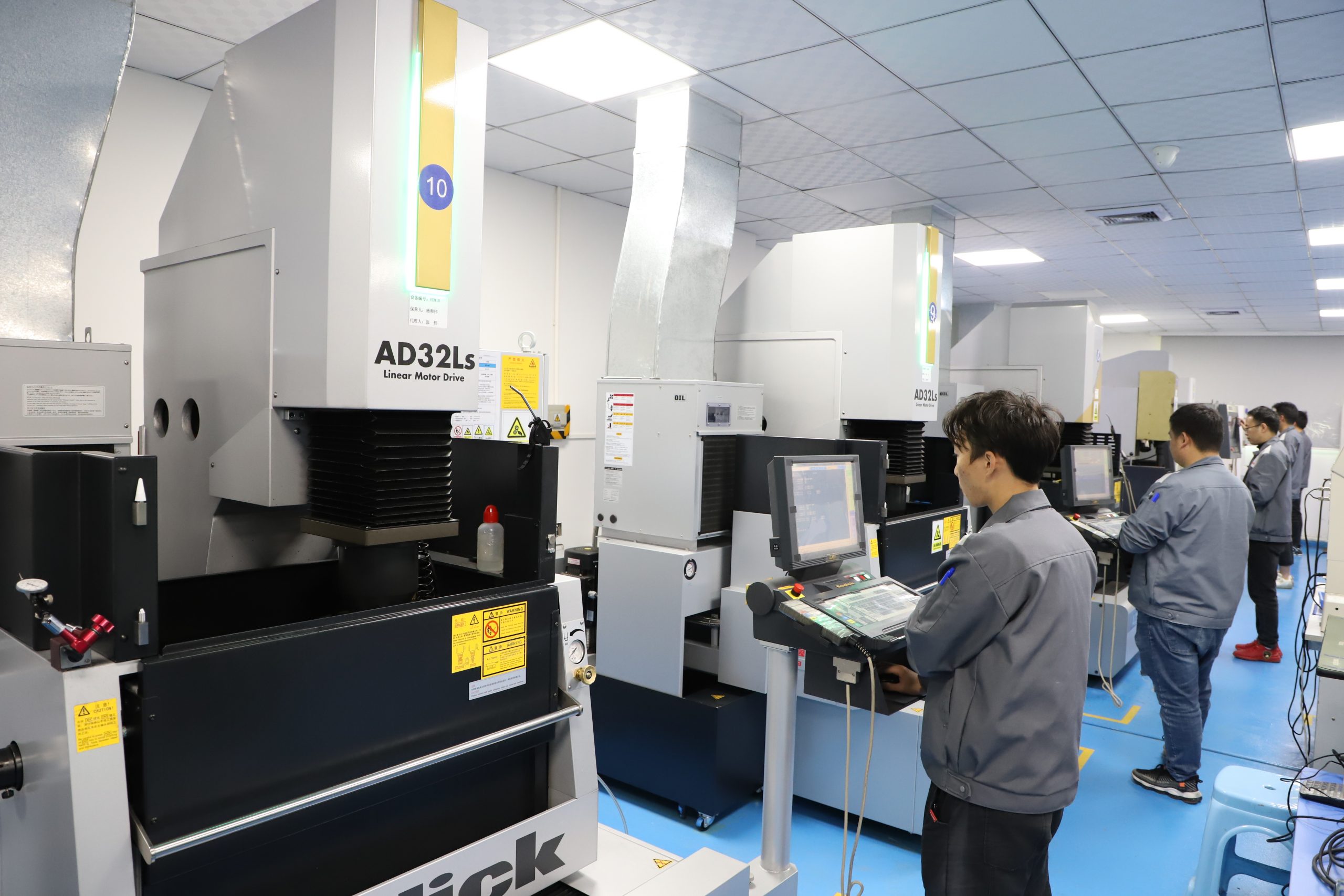
Conclusion
Custom plastic injection molding depends a lot on the materials and tools you use. That’s why we always advise people to look for the best plastic injection mold supplier. We at Abery use the latest technology to create the best injection molds in the industry that ensure 100% crack-free injection molding.
Contact us to learn more about how our molds can improve your production.

